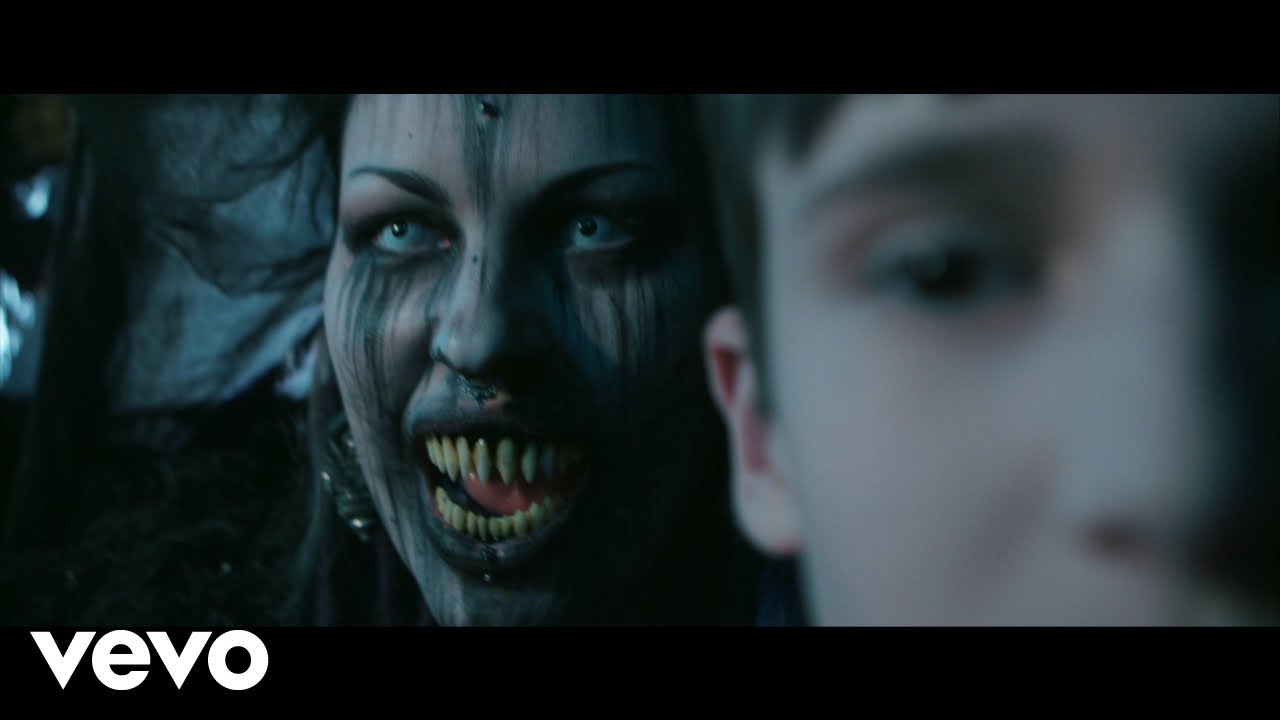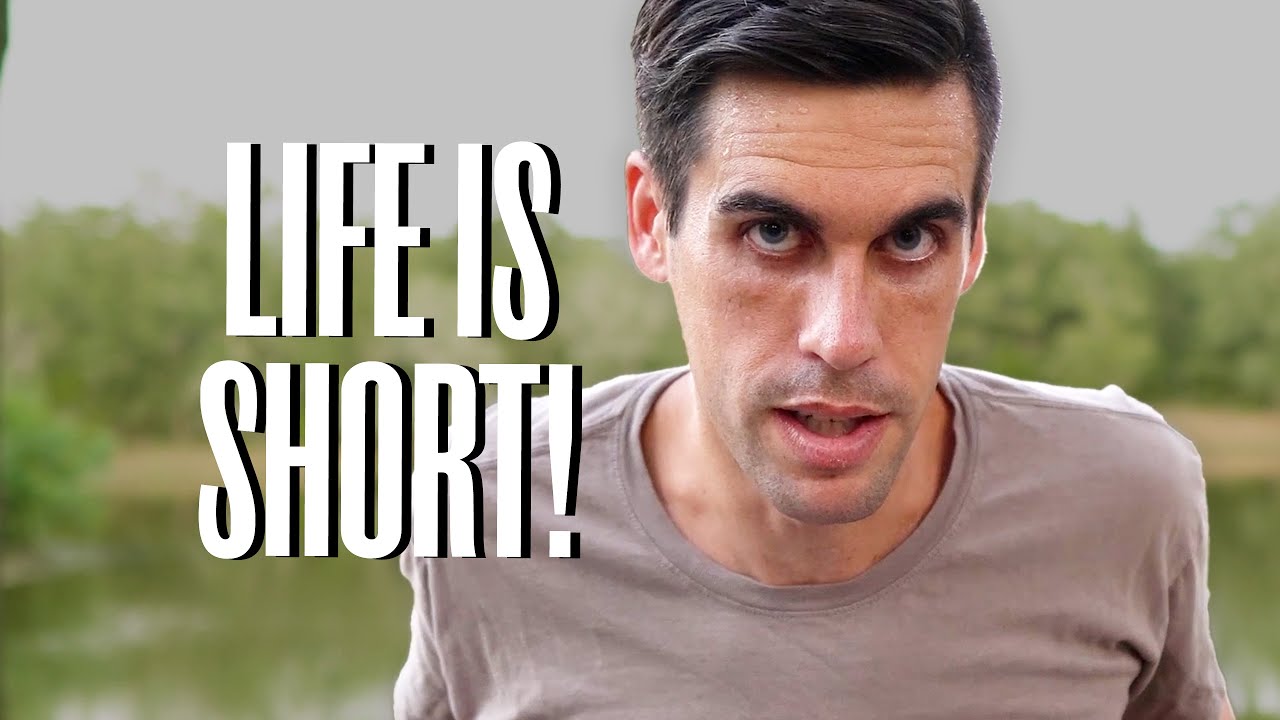Memento Mori: A Cultural Reflection on Mortality and Mindfulness
Ah, memento mori—a phrase that rolls off the tongue like a fine wine, reminding us that life is fleeting. Translated as “remember you must die,” this Latin saying serves as a gentle nudge toward the profound realities of our existence. It’s like when you realize your favorite show is about to be canceled; you sit up a little straighter and start cherishing every episode. We live in a whirlwind of distractions. So, maybe it’s high time we embraced this ancient philosophy, don’t you think?
This concept doesn’t just cling to the walls of dusty libraries; it vibrates through pop culture, shaping our outlook on life. We hustle from one day to the next, often forgetting to stop and appreciate the beauty around us. In our fast-paced society, where the latest TikTok dances seem more important than what we’ll eat for dinner, memento mori encourages us to appreciate the simple joys amid the chaos. Take a moment—breathe it in and listen closely. Mortality, while daunting, is a vital part of the human experience. It reminds us to pursue passions, nurture relationships, and soar with intentions that spark joy.
Research backs up this philosophy! Studies reveal that individuals who regularly reflect on mortality report elevated life satisfaction levels and even lower stress. Go figure! This isn’t just a quirky idea floated around at hipster coffee shops; it’s been laid out in scientifically proven truths. By recognizing life’s transient nature, we’re motivated to chase dreams fiercely and cultivate deeper connections with our loved ones. So, let’s embark on this journey of self-discovery and appreciation together, shall we?

Top 5 Examples of Memento Mori in Contemporary Culture
Memento mori has seeped into different corners of our lives, evolving into more than just a phrase. Let’s take a stroll through five illuminating examples of how this philosophy has left its mark on contemporary culture.
1. Film: “The Fault in Our Stars”
If you’ve grabbed a box of tissues to settle in for “The Fault in Our Stars,” you’re not alone! Based on John Green’s best-selling novel, this film narrates the story of two teens battling cancer while navigating love and friendship. It’s a bittersweet tale that puts mortality front and center, reminding us to treasure every laugh, tear, and heartwarming moment. By exploring love in the face of death, it encourages viewers to appreciate life, however brief or chaotic it may be.
2. Art: Damien Hirst’s “The Physical Impossibility of Death in the Mind of Someone Living”
Ever gazed at a shark floating in formaldehyde? Sounds absurd, right? But that’s art for you. Damien Hirst’s piece does more than shock; it provokes deep thought about life and death. It shapes perceptions of mortality, beckoning us to ponder not just our existence but the raw, unsettling aspect of life. Every staring session might spark internal conversations about our impermanence. What more can art do but lead us back to ourselves?
3. Literature: “Tuesdays with Morrie” by Mitch Albom
Talk about a soul-stirring read! In “Tuesdays with Morrie,” Mitch Albom recounts conversations with his beloved professor, Morrie Schwartz, as they discuss life, love, and death. This memoir folds memento mori into its narrative, urging readers to focus on what truly matters—connection, love, and authenticity. You can almost hear Morrie’s voice guiding readers to embrace their emotions and prioritize living fully, something we all could use a little more of.
4. Fashion: Alexander McQueen’s “The Hunger”
Fashion isn’t just about dressing up for a night out; it tells a story. The late Alexander McQueen’s collection, “The Hunger,” dives deep into the duality of beauty and mortality. McQueen’s designs go beyond fabric; they challenge us to confront our fears surrounding death. His haunting aesthetics compel individuals to unearth their identities while grappling with the fragility of life. Who knew fashion could spur philosophical debates in the dressing room?
5. Social Media: #MementoMori Movement
In an era dominated by social media hype, the #MementoMori movement is a refreshing breath of authenticity. Individuals share personal stories and reflections on mortality and self-awareness. This movement fosters open dialogues about death, dismantling the stigma around it. Gertrude Stein probably never intended for her words to resonate on social platforms, yet here we are, pouring our hearts out online while breaking barriers and nurturing mental health.
The Psychological Benefits of Memento Mori: What Science Says
Who knew that thinking about death could lead to delightful surprises? Psychological research shows that reflecting on our mortality can boost motivation and enhance life satisfaction. A study published in Psychological Science found that folks reminded of their mortality were far more likely to engage in meaningful activities. Seriously, it’s like a mental wake-up call, urging you to embrace the good stuff in life.
Moreover, facing our fears brings a layer of emotional resilience. By acknowledging mortality, we can adopt healthier perspectives on life, leading to personal growth and heightened appreciation for the present. Life becomes more vibrant when we learn to dance within our fleeting existence.

Memento Mori and Mindfulness: Making the Concept Practical
So now that we’ve wrapped our minds around the ins and outs of memento mori, how do we bring it into our daily lives? Here are practical tips that anyone can incorporate.
1. Daily Reflection
Carving out time for reflection instills a sense of mindfulness. Spend a few moments each day contemplating life’s impermanence. Whether through journaling or quiet contemplation, this practice can help us focus on the moments that matter most. Just imagine it—every little moment becomes a treasure.
2. Creative Expression
Unleash those creative juices! Engage in activities like writing, painting, or making music to explore your thoughts on mortality and gratitude. Creative outlets can serve as therapeutic avenues, leading to catharsis and self-awareness. Plus, who wouldn’t want to create a masterpiece while pondering life’s beauty?
3. Mindful Meditation
Incorporating memento mori into meditation allows for deeper insights. Try guided meditations that focus on mortality to enhance your mindfulness practice. By embracing acceptance of our finite existence, we foster a sense of peace and purpose that can illuminate our daily lives.
Innovating Life: Embracing the Memento Mori Mindset
Memento mori isn’t just a fancy Latin phrase; it champions a life fully lived. By weaving this mindset into our day-to-day routines, we empower ourselves and those around us to pursue authenticity and fulfillment. Life can be chaotic, but remember, it’s a beautiful mess. The prompt to recognize our mortality is a call to savor every heartbeat and cherish fleeting memories. It’s about celebrating human connections and finding joy amid uncertainty.
So, next time you’re caught up in the whirlwind of daily life, take a step back, whisper a little memento mori, and let it wash over you like a wave of potent clarity. Embrace the journey, for it’s not just about the end; it’s about every glorious moment in between. So, let’s kick fear to the curb and live vibrantly, because life may be fragile, but our spirits can soar.
Memento Mori: Embracing Life’s Fragility Today
The Meaning Behind Memento Mori
Memento mori, a Latin phrase that translates to ‘remember that you must die’, serves as a poignant reminder of life’s transience. Throughout history, this concept has been depicted in art, literature, and even through music—an example being the iconic band, Depeche Mode, whose lyrics often probe deep themes of life, loss, and existential reflection. In today’s fast-paced society, this ancient mantra encourages us to slow down, appreciate the little moments, and understand that every life encounter is fleeting.
Echoes in Pop Culture
The influence of memento mori can be seen all around us, including in classic films. Take Empire Records, for instance, where the story not only showcases youthful rebellion but also hints at the fragility of aspirations and dreams. This seems to resonate with audiences grappling with their own memento mori moments. The intersection of pop culture and life’s fragility reveals how we process these truths, whether we’re reminiscing over the beloved performances of Alan Rickman or reflecting on the realities represented in daily news like the Amory tornado.
Personal Connections
On a more personal level, many individuals find ways to cope with the memento mori concept in their lives. For example, the strength of relationships often brings about introspection. Think about how celebrities, like Jennifer Flavin, have shared their life journeys, making us ponder our own mortality and relationships. It reminds us how vital our connections are while also encouraging us to cherish our time with loved ones. So, the next time you find yourself lost in the trivia of life or in a smutty chat, remember: it’s the fleeting moments that truly count.
In essence, memento mori ties together our awareness of life’s fragility with the art and stories we consume. Whether through music, movies, or personal narratives, embracing this reminder can lead to deeper appreciation and understanding of our own lives.





![Memento Mori - Joroya [FULL PV]](https://www.bestmovienews.com/wp-content/cache/flying-press/23ff21cdd607fc471babb74a4ea0837a.jpg)

